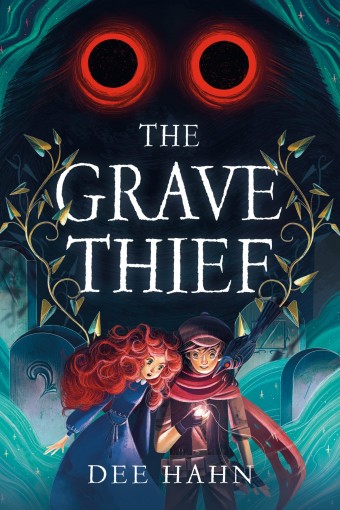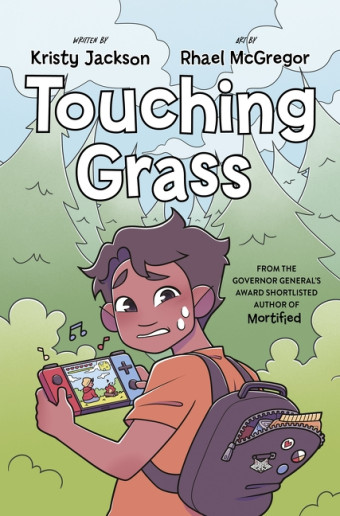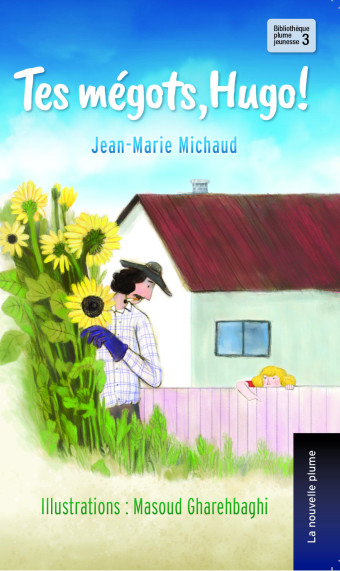A deepening mystery. A magical kingdom. A dangerous monster. All of this comes together in Dee Hahn’s The Grave Thief, a story that takes some of the traditional elements of fantasy and turns them on their heads in several unexpected ways.
The story of The Grave Thief takes place in Wyndhail, which Calgary-based Hahn says “borders the misty moors and the Craiggarock Mountains. Gems from the mountain mines are celebrated and prized amongst Wyndhail’s citizens, and the legendary deepstones are rumoured to possess magic.” But it’s also a land of extremes, particularly between its richest and poorest citizens.

- The Grave Thief
- Dee Hahn
- PRH Canada Young Readers
- $23.99 Hardcover, 344 pages
- ISBN: 978-07-35269-43-9
This is most evident in the life of the book’s main character, a boy named Spade, who faces bullying and discrimination because he walks with a limp, and because he is a Joolie, or jewel thief, with an unusual background.
“Spade is a 12-year-old grave thief who is descended from a long line of thieves,” she says. “Given lock picks as birthday presents and trained in the art of deception since a small child, Spade has thievery in his blood.”
It’s his father’s search for greater wealth that changes the trajectory of Spade’s life. “Garnet, Spade’s father, is always on the lookout for ways to improve the family fortunes,” says Hahn. “Taking advantage of the Wyndhail custom of burying their dead alongside their riches, Garnet sees an opportunity for a thriving business: the trade of ‘deceased goods.’”
The plan to dig up the wealth buried with Wyndhail’s ruling class is the beginning of Spade’s adventure. It leads him in search of the deepstones, to face a monster called the Woegan, and even to meet Ember, the queen’s niece.
The connection between Spade and Ember is immediate, despite their differences. While Ember has studied the magic of the kingdom from books, Spade has learned his skills through hard experience. Ember lives in a castle, and Spade in a rough Joolie camp. Even so, they are not so far apart in their aspirations.

“Spade longs for adventure and change, and he dreams of something more for his life than digging up graves,” says Hahn. “Ember is in a similar predicament: she’s stuck in a stifling role that lacks the independence she craves and struggles to be seen for who she is.”
Spade’s journey in Hahn’s imagination started in the cemetery.
“I’ve always loved graveyards,” she says, “and I enjoy walking through them and reading tombstone epitaphs. On one of my walks, I wondered what it would be like to have a job that involved spending time in foggy graveyards, particularly at night. And that’s when Spade’s story began to take shape.”
Hahn hopes readers find Spade relatable. “I would like readers to feel a connection with Spade, and his struggles and doubts,” she says.
“As a writer who deals with a chronic pain condition myself, I wanted to create a character who discovers that his worth isn’t defined by a magical stone or a strong body, but that his true value lies in being himself.”












